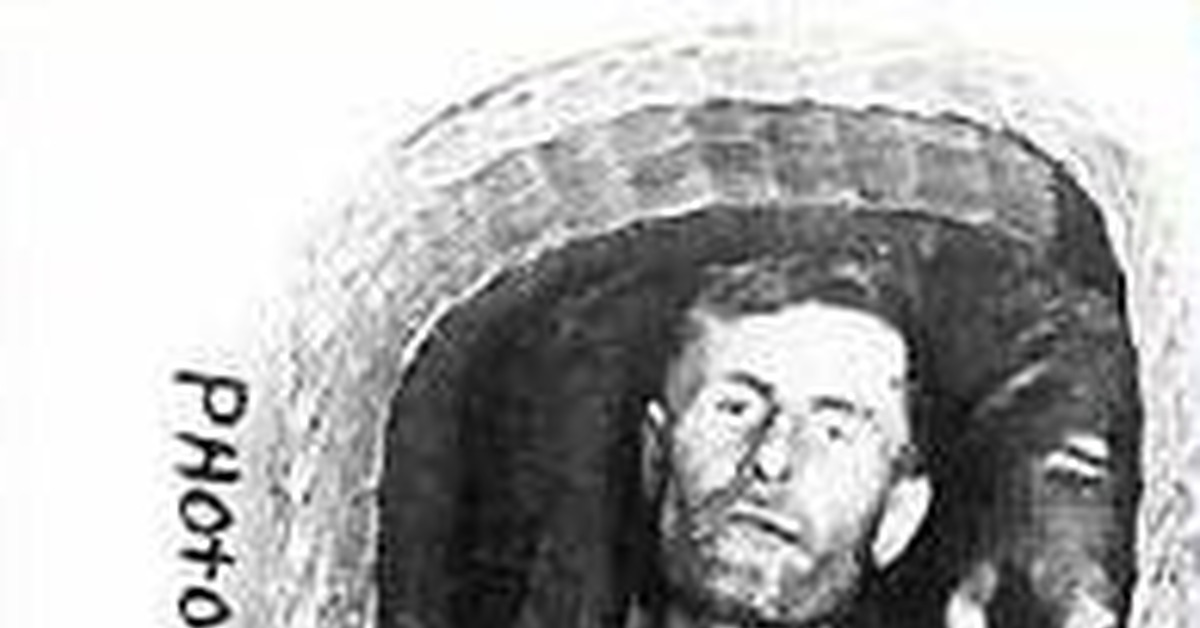This narrative dives into the life and notorious career of one of the Wild West's most infamous bandits, known for his cunning schemes, ruthless robberies, and deceptive tactics. From early heists to elaborate plots that outwitted lawmen, this bandit's story is a thrilling tale of ambition, betrayal, and survival in a lawless era. Through daring escapades and notorious acts, he became both feared and legendary, leaving an indelible mark on the history of the American frontier.
$590, a wristwatch, a raincoat and two bottles of whiskey. That's all of Elmer McCurdy's loot from his six-month career as a burglar. After his death, he made $100 a month, but for decades.
Elmer McCurdy robbed his first train at age 31. Behind him, he ran away from home, worked as a plumber, miner, and served 3 years in the army. It was in the army that Elmer, who had been drinking continuously for the past 15 years, sobered up enough to be able to get a sharp eye on the latest in science - the use of nitroglycerin in blasting.
After serving, Elmer felt like a sapper. He had his first experience with train robbery in March, 1911. Along with three Jarrett brothers, he stopped a train carrying $4,000 in silver coins. Elmer's task was to blow up the safe.
Dynamite checkers didn't take the safe, but Elmer realized this only after the third attempt. He uses nitroglycerin. The explosion destroys half a wagon, and most of the coins fuse together and stick to the safe. This was Elmer's most successful venture. His loot - $400, a watch taken from the conductor, and a large knife scar on his wrist - is not shared with his brothers.
Elmer has no trouble finding new companions. The target is a bank in the town of Chattaqua, Kansas. The case takes place at night, an explosion wakes up the whole town, the vault door flies through the bank and into the street. Inside the vault, Elmer finds a safe. Untouched. In a hurry, Elmer lays another charge, but the ignition system fails. After taking $150 from the cash register, the robbers flee.
Elmer finds himself partners again. On the night of October 4, 1911, in Oklahoma, robbers slow down a train that is supposed to carry $400,000. The clerk opens the safe. It's empty.
The partners mixed up the time and train number, robbing #29 instead of #23. The robbery goes down in Wild West history as one of the smallest. $40, a raincoat, and two bottles of whiskey were the spoils. Three days later, a posse led by the local sheriff kills Elmer the bomber in a gunfight.

The body is taken to the town of Pawhuska, where Joseph Johnson, the owner of the funeral home, embalms and dresses the body in a suit while waiting for the relatives to arrive.
No one came for Elmer, but he himself displayed remarkable preservation. To recoup his losses, Johnson begins showing the corpse for money.
Five years later, in 1916, a man named Eiver comes to town. He is called the bomber's brother and takes the body for burial in the family plot in San Francisco. But no one was going to bury him. Elmer became one of the exhibits of James Patterson's traveling circus. That's how the bandit got into show business.
For the next 27 years, Elmer was mortgaged, rented and resold. Each new owner inventing a new legend for the mummy. He was a criminal who swallowed poison to avoid surrendering alive to the police in a traveling “Crime Museum.” Was a dead drug addict in the movie's “Drug” ad campaign. Elmer handled each role brilliantly and faithfully brought in money for each owner or tenant.
From 1949 to 1968, Elmer dusts in a warehouse. Then he is shown in an amusement park at Mount Rushmore. The mummy is stripped of its earlobes and a few fingers. In 1971, it stands at the entrance to an amusement park in Long Beach and is called “The Millennium Man.” The mummy's most recent workplace is the Laff in the Dark moon park in Long Beach, where the bomber hangs under the building's dome, painted with orange phosphorescent paint. The owners don't even know that Elmer is a mummy, not a wax figure.
On December 7, 1976, an episode of the television series “The Six Million Dollar Man” is filmed in Laff in the Dark Park. Elmer is hanging around in the shot and they decide to take him out. A technician in the process accidentally breaks the mummy's arm and realizes it's not a wax figure. An argument ensues between the crew members. Elmer's pants are pulled down for inspection - and genitals are seen. The TV crew calls the police. A pathologist determines that the body was embalmed with arsenic, which was discontinued in the late 1920s. A 1905 bullet is found in the chest.
The identity was determined thanks to hooligans from 50 years ago. They put a 1924 penny and scraps of Crime Museum tickets in the mummy's mouth. The owner of the institution was no longer alive, but his son not only recognized the mummy, but also gave its name. After checking the data with photos and documents, the police decided - it is Elmer McCurdy.
The director of the Territorial Museum of Oklahoma convinced the authorities to give the mummy to him for an honorable burial. In April 1977, Elmer in the status of superstar of the Wild West was put in the ground, and his grave just in case poured almost a half-meter layer of concrete.
The mummy's last place of employment was the Laff in the Dark moon park in Long Beach. The bomber is painted with orange phosphorescent paint.


















